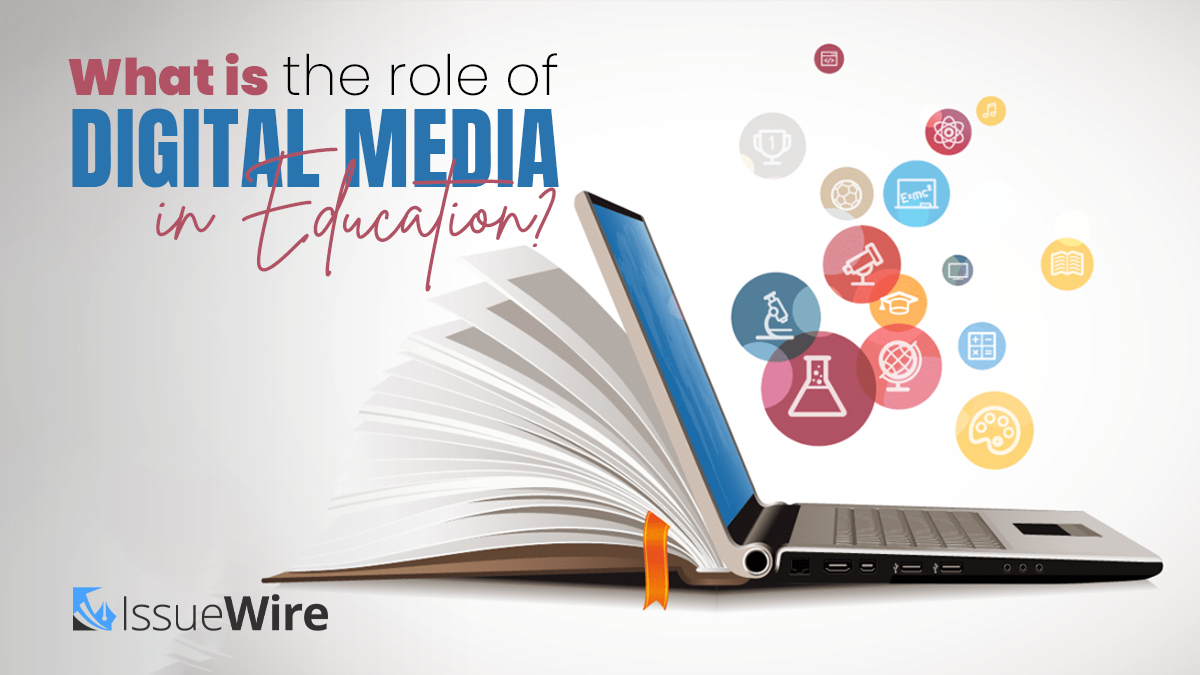It is a tech-driven fast-paced world where every industry is going through some major transformation and education is also one of them. Those days of traditional blackboards and chalks are long gone and digital media is currently the pivotal base for educational and teaching practices. The education industry is witnessing a rise in online tools, webcams, interactive learning programs, virtual simulation, online collaboration, and many others. As a result, digital media is currently the backbone of a modern education system that is progressive and fast-growing.
Whether a teacher is looking for more interactive ways to teach or a student trying to get personalized education; digital media has changed the whole landscape for education. Let’s take a better look at its successful integration.
Modern Education Embraces Technology
Advancement of technology is visible in every aspect of life and education is the industry is also a part of it. By encompassing a wide range of online tools, educational apps, interactive stimulation, and platforms like Google Classroom and Microsoft Team; the approach to teaching has changed drastically, and remote teaching is not a concern anymore. With real-time collaborations, technology has diminished the barriers of time in geographical locations. Therefore, students are now exposed to new and interactive ways of learning.
Boosts Student Engagement
Starting from video lectures, and virtual stimulations to interactive online activities; digital media has redefined pedagogy and it has greatly improved student engagement. Students are no longer required to pay attention to monotonous lectures as they can find more interactive ways to learn with are engaging, enjoyable, and effective for memory to retain. Interactive simulations help students to experiment and learn new things that they feel interested in.
Personalized Learning
Not every student learns in the same way and pace. And that is why, students require more personalized teaching and training programs that are different than traditional classrooms. Digital media helped to instill more adaptability and flexibility which helps every student learn and study effectively without depending on merit. Everybody gets the same education but in a personalized way. It offers students more control over the things they learn and can implement as well.
Collaboration and Communication
In this age, collaboration is the key to success and digital media keeps it easier for all. Online platforms like Slack, Microsoft Teams, Google Classroom, etc help to collaborate in real-time even if the teachers and students are far away from each other. It helps to foster a sense of community with teamwork which helps to prepare students for their future and workplace environment. A lot of students can have doubts and that needs to be cleared. Digital media paves a smoother way for communication that with more efficiency and transparency.
Challenges
- One of the biggest challenges of digital media is that not everyone can afford it. Having good gadgets, modern technology, and the internet is important and also expensive.
- Digital Literacy is also important as both teachers and students need to be aware of the platforms and tools and how to use them properly.
- It also creates overreliance on technology which is perhaps not the best. It is important to have a well-rounded educational experience that involves both online and offline methods.
Final Thoughts
Digital Media in education is widely introduced around the globe. It was the key medium back in the time of the global pandemic and now, it is the main pillar of the education industry.








